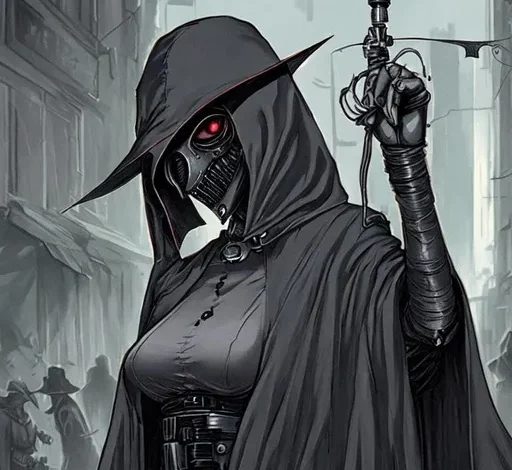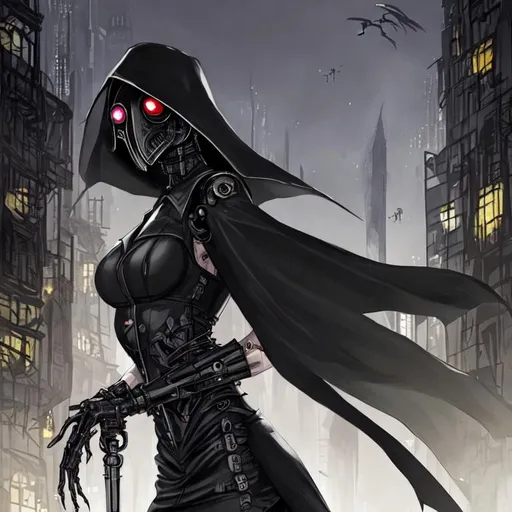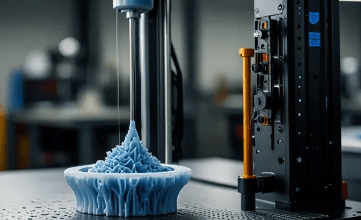Art:0s2sop1kzoc= Female Plague Doctor

The representation of Art:0s2sop1kzoc= Female Plague Doctor serves as a compelling lens through which to examine the intersection of gender and public health during historical crises. These portrayals not only challenge prevailing gender norms but also illuminate the essential roles women played in caregiving amidst fear and uncertainty. The symbolism inherent in the beaked mask further enriches this narrative, inviting a deeper exploration of its implications. As we consider the evolution of these artistic interpretations, intriguing questions arise about their relevance in contemporary discussions of health and gender equity.
Historical Context of Plague Doctors
Although the role of Art:0s2sop1kzoc= Female Plague Doctor is often associated with the male practitioners of the late medieval and early modern periods, the historical context reveals a more complex landscape where women also participated in the management of infectious diseases.
Their involvement in plague medicine significantly influenced societal impact, as women often provided care, comfort, and expertise, challenging prevailing gender norms and contributing to public health initiatives during epidemics.
Read more: Art:0qiqzhzuytq= Merry Christmas Drawing
Symbolism of the Beaked Mask
The beaked mask, a distinctive emblem of plague doctors, served not only a practical purpose but also a rich symbolic role in the context of public health during epidemics.
Its beaked symbolism represented an attempt to ward off disease through the association of the mask with purification and protection.
The mask’s significance extended beyond mere appearance, embodying the struggle against fear and mortality in uncertain times.
Female Plague Doctors in Art
Art has long served as a mirror to societal roles and historical narratives, and the representation of female plague doctors is no exception.
Through various artistic techniques, these portrayals often challenge traditional gender norms, emphasizing female representation in a predominantly male profession.
Artists capture the duality of fear and compassion, highlighting the resilience of women navigating adversity during the plague, thereby enriching the historical discourse.

Modern Interpretations and Influence
Resilience serves as a powerful theme in modern interpretations of female plague doctors, reflecting contemporary societal values and challenges.
Contemporary art reimagines these figures, emphasizing female representation as symbols of strength and adaptability. Artists draw parallels between historical pandemics and today’s crises, illustrating the enduring significance of these women.
This creative exploration invites discourse on gender, health, and the human spirit within the artistic landscape.
Read more: Art:0rstajozb2c= Harlem Renaissance
Conclusion
The artistic representation of Art:0s2sop1kzoc= Female Plague Doctor emerges as a powerful testament to resilience amid crisis, illuminating the shadows of history where women’s contributions often remain obscured. These portrayals not only celebrate the courage and compassion of these figures but also serve as a mirror reflecting contemporary challenges in public health. In recognizing their legacy, society reclaims the narrative, underscoring the enduring significance of women’s roles, which, like a beacon, guides future generations through the storms of adversity.







